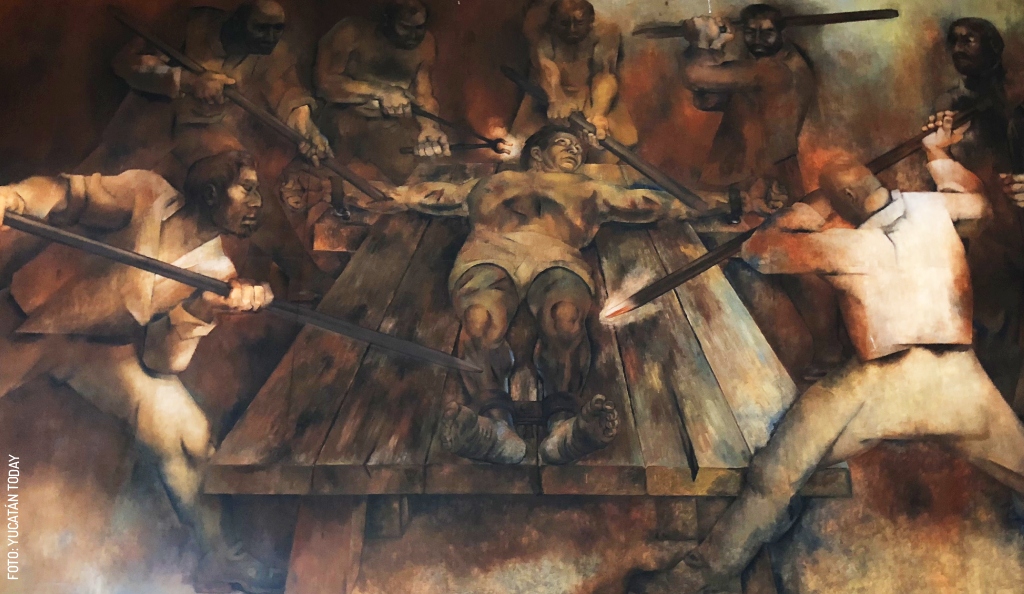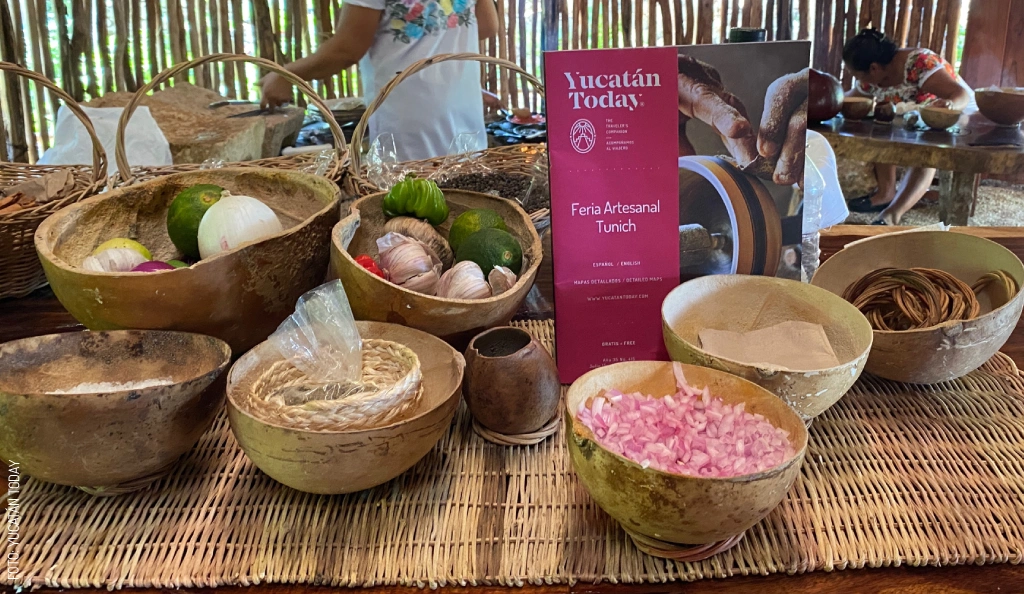In a restaurant whose name I cannot seem to remember, the waiter asked me if I wanted my drink - I had ordered hot chocolate - in a mug or a Jícara. "Jícara!" was my immediate response.
Truth be told, there wasn't much to think about. The Jícara, which you may know as a calabash, adds a special flavor to any beverage. Not because it alters the taste, but because in Yucatán, simply using it carries a sense of tradition and history that even the most elegant glass or ceramic cup lacks.
Let's start with the basics: what is a Jícara?
It's an indispensable utensil in the Yucatecan home, a versatile instrument that serves many purposes, from a container to an ornament, whether for daily or ceremonial use.
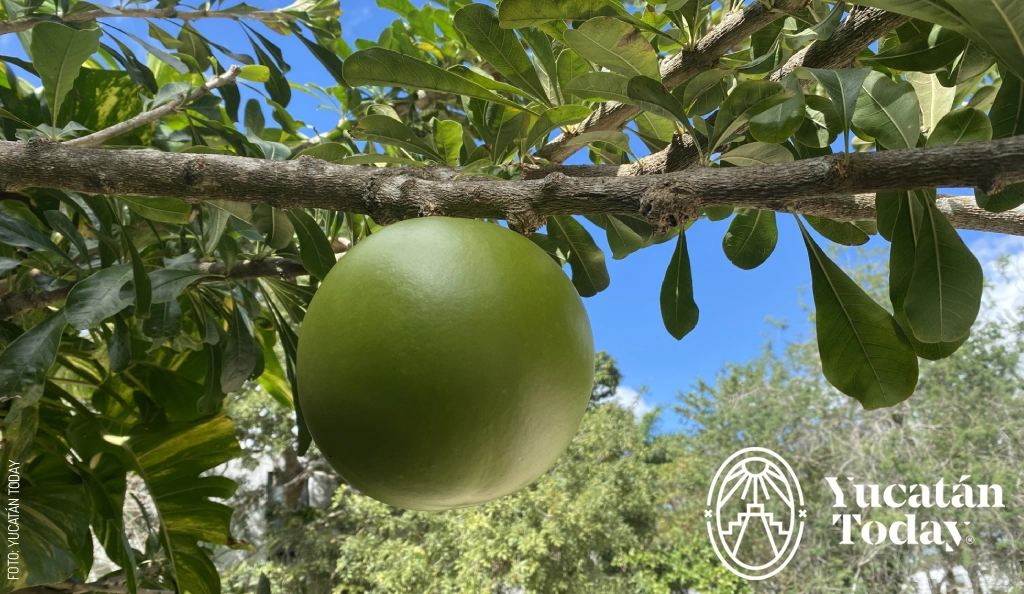
It's made from the fruit of a tree with long, slender branches that can reach up to 46 feet in height. It goes by several names (Jícara, Mexican calabash, Cujete, Morro, or Crescentia alata, its scientific name), but among friends, it's best known as the Jícara tree. The fruit is a round ball that is harvested when it turns a bright green color and reaches the desired size. It's cut in half and the pulp inside is removed with a small spoon or shovel; then, the shell is boiled in water with lime, cleaned inside with Ziricote leaves, and left to dry in the sun. There you have it! The Jícara is ready for use.
And what exactly is the Jícara used for, you may ask?
While I previously mentioned its common use for drinking, its versatility extends far beyond that. From serving as a container for a Chaya soda or a freshly made Atole, to a vessel for pouring water while washing dishes or clothes, or even for personal hygiene (which Yucatecan hasn't “showered” at least once using a Jícara?).
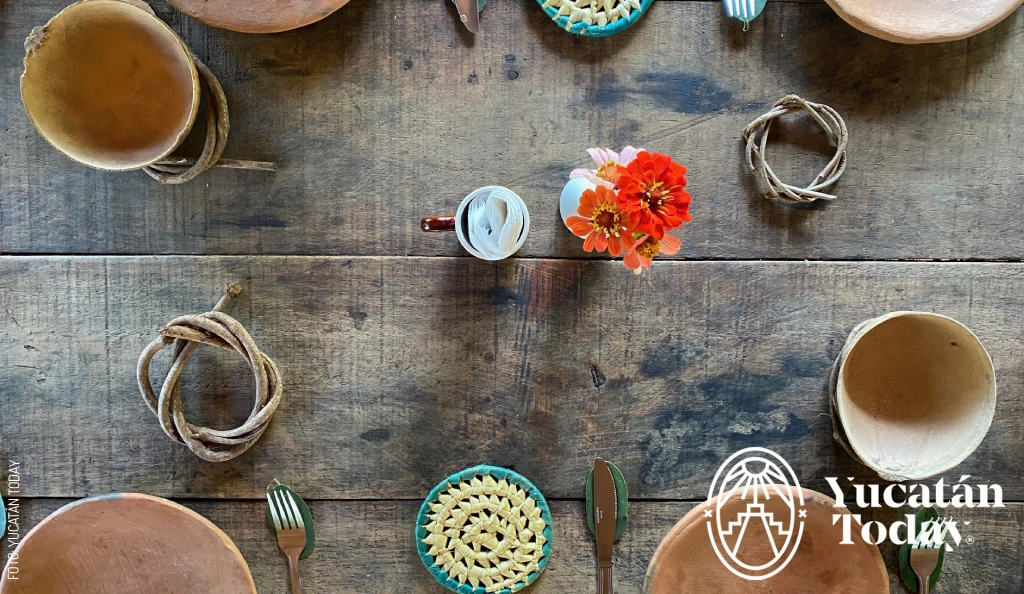
In a more ceremonial context, the Jícara is common in celebrations like the Ch'a Cháak, the ceremony farmers perform in the milpa before planting season to ask the gods for abundant rain and a good harvest. Similarly, during Janal Pixan days, Jícaras are a common sight adorning altars, laden with food offerings for the souls to savor during their annual visit to the family.
It also serves as a canvas for the creativity of artisans, who carve intricately detailed figures on its exterior, whether abstract figures or representations of animals and plants. This painstaking work turns the Jícaras into decorative objects of great artistic value.
Where can I find it?
And don't worry if your Jícara shows signs of wear and tear, or if you’re considering a replacement. It's worth noting that the Jícara serves as the ideal eco-friendly utensil: entirely natural and biodegradable. You can buy a new one at almost any local market, typically ranging from $20 to $50 pesos, depending on size. However, for those seeking artisanal pieces, meticulously crafted with intricate designs, prices may vary based on the level of craftsmanship and final product.
If you buy a Jícara, make sure to also acquire a Bejuco ring, which will help stabilize it and prevent spills, as well as being a nice detail.
The Jícara may seem very local, very Yucatecan, but the word comes from the Nahuatl "Xicalli;" even the Royal Spanish Academy gives as its first definition the European earthenware cup. Be that as it may, for me, the Jícara will always be the first choice and an object that, in its simplicity, teaches us a lesson in effectiveness: without fanfare, it fulfills its function with humility.
Back at the restaurant whose name I still can't remember, my chocolate arrived in its little Jícara, foamy and delicious. Perhaps in other parts of the world, it's customary to drink it in a mug, but whenever I can, I'll continue to order my chocolate, my Atole, or my Pozol, in a Jícara. Bon appétit!
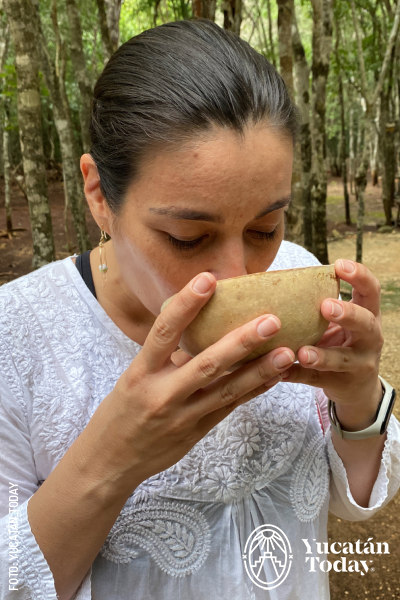
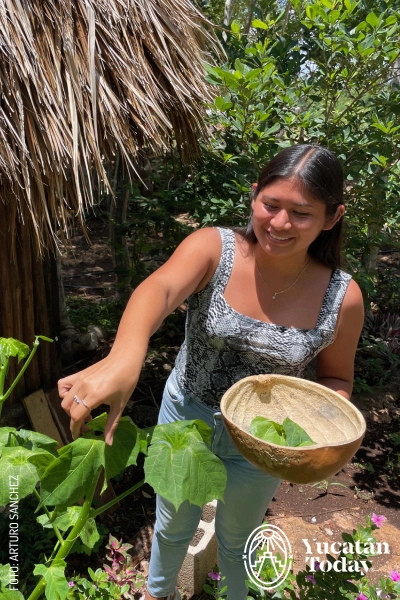

Fotography by Yucatán Today and Arturo Sanchez for its use in Yucatán Today.

Author: Alberto Chuc
I like to travel through books and in the real world, activities that I combine whenever I can.
Receive the latest articles and much more from the best of Yucatán in your email!
Related articles
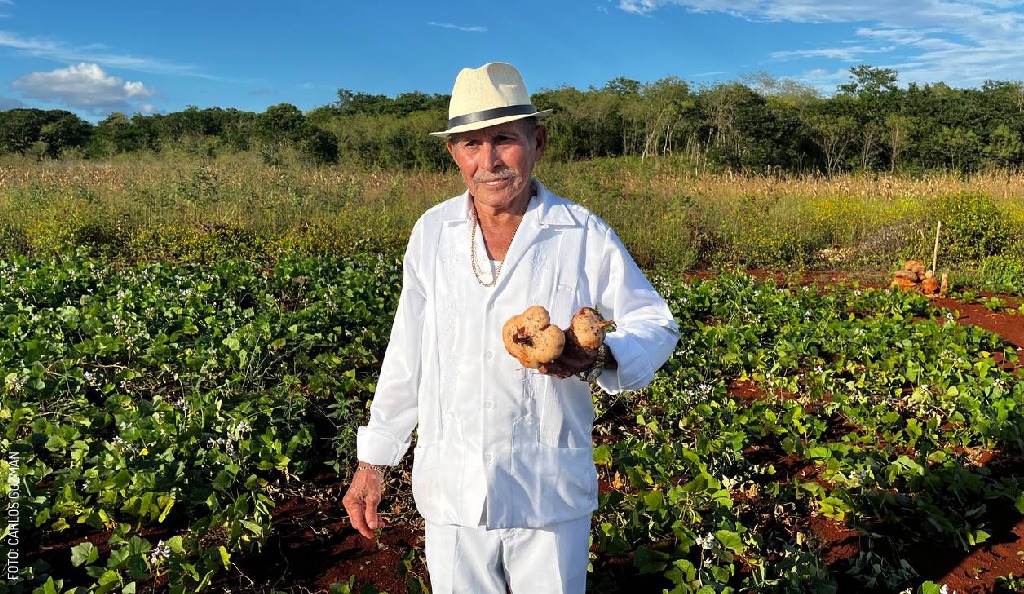
Discover Maxcanú’s White Gold at the Jicama Festival
Discover the unique charm of Maxcanú's White Gold at the Jicama Festival in Yucatán, showcasing local jicama producers and their traditional...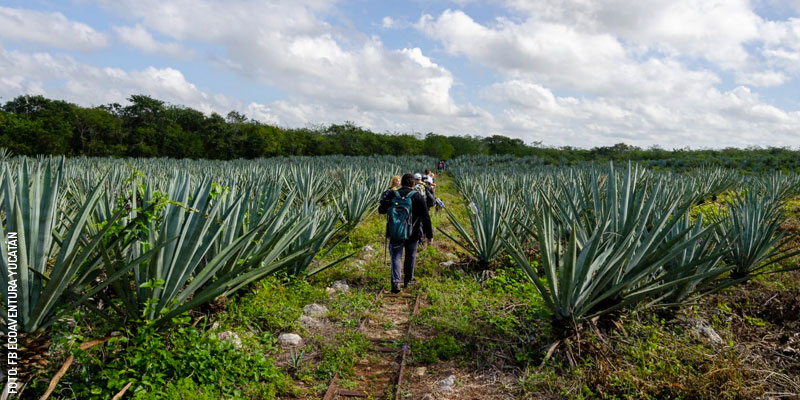
Hiking in Yucatán: A Beginner's Guide
There’s a special kind of magic that unfolds as we walk the trails of the Yucatecan lands, much like the Maya have done for centuries.